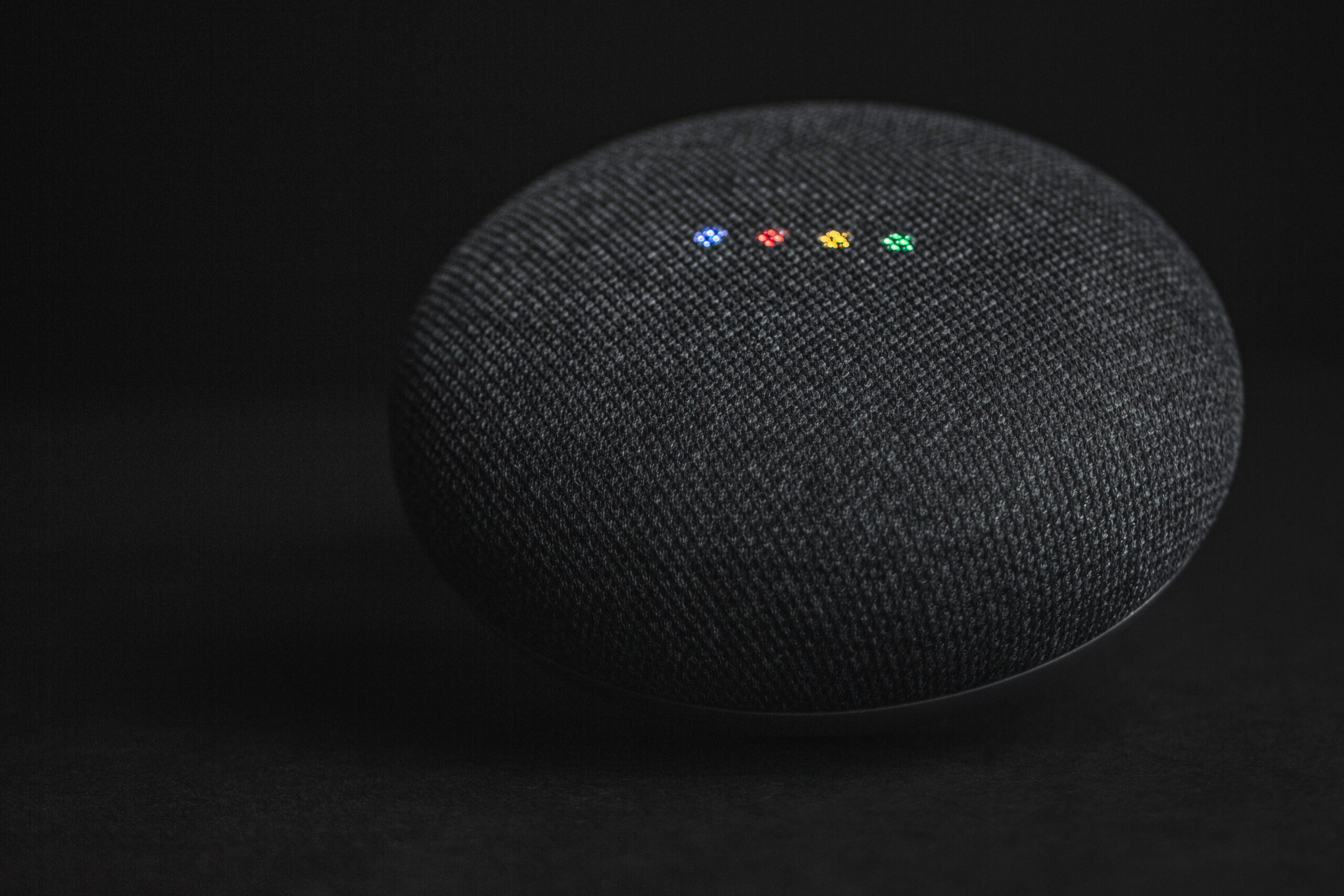Artificial Intelligence development is still at its early stages nowadays, considering that the development of the intelligence itself of these programs would be difficult to emulate in software. Sure, pseudo-intelligence can be produced using a string of codes that could recognize human interaction and subsequently respond with the same level of “humanity.” However, the reality is, developing one that could independently create its output in response to a particular input still has a long road ahead of it.
It did not stop developers from creating a system that could mimic this concept, though – mainly depending on a person’s input to put together a response using split-second database searches and an emulated verbal response. It does not offer that independence that one might expect from an actual artificial intelligence software, but it sure does seem like it with its answers and understanding that would generally leave anyone in awe.
Virtual Assistants
Virtual assistants have been around for ages, but it is only in the recent decade that their functionality has been refined to resemble a more responsive and AI-like system – providing responses to queries and understanding the requests of the human who created the input. It is not necessarily limitless in its functionality as there are apparent flaws here and there, but it might be the closest to AIs that are highly accessible to the public.
The two most popular assistants are Apple’s Siri and Google Assistant – two different programs with their perks and quirks that make it unique, one way or the other.
Compatibility of the Program
In the aspect of compatibility, it might be evident from its producer company that Google Assistant would have a broader scope due to the presence of Google in nearly every phone and computer out there. Covering Android phones and tablets, an available app for Android and IOS devices, and working even in smart devices, Google Assistant certainly has a lead over Siri’s compatibility in Apple products only.
Communication Capabilities
When it comes to its communication, the two are generally two sides of the same coin – with one having benefits that are absent in the other. Siri, for example, is best at taking calls, composing messages, providing directions using mapping applications, and recognizing the voice of one user for greater efficiency. On the one hand, Google Assistant is much better at delivering general trivia and knowledge, determining traffic notifications, and providing assistance to a larger group of people.
Smart Home Use
Considering that smart homes are likewise all the rave today, using a virtual assistant for your smart home is also a considerable application of the two programs. Once again, Siri’s compatibility issues would come into play – providing some limitation for the user when it comes to the devices you could utilize for your home. Of course, if your home is mainly composed of Apple products, then using Siri would be the best option. On the one hand, Google Assistant provides that much-needed flexibility as it has extensive support for nearly any home gadget that you may have. It is also convenient enough that it is often built-in for most speakers and smart devices.

